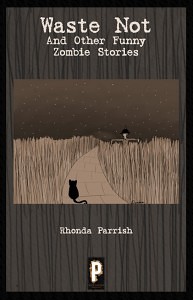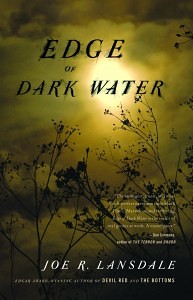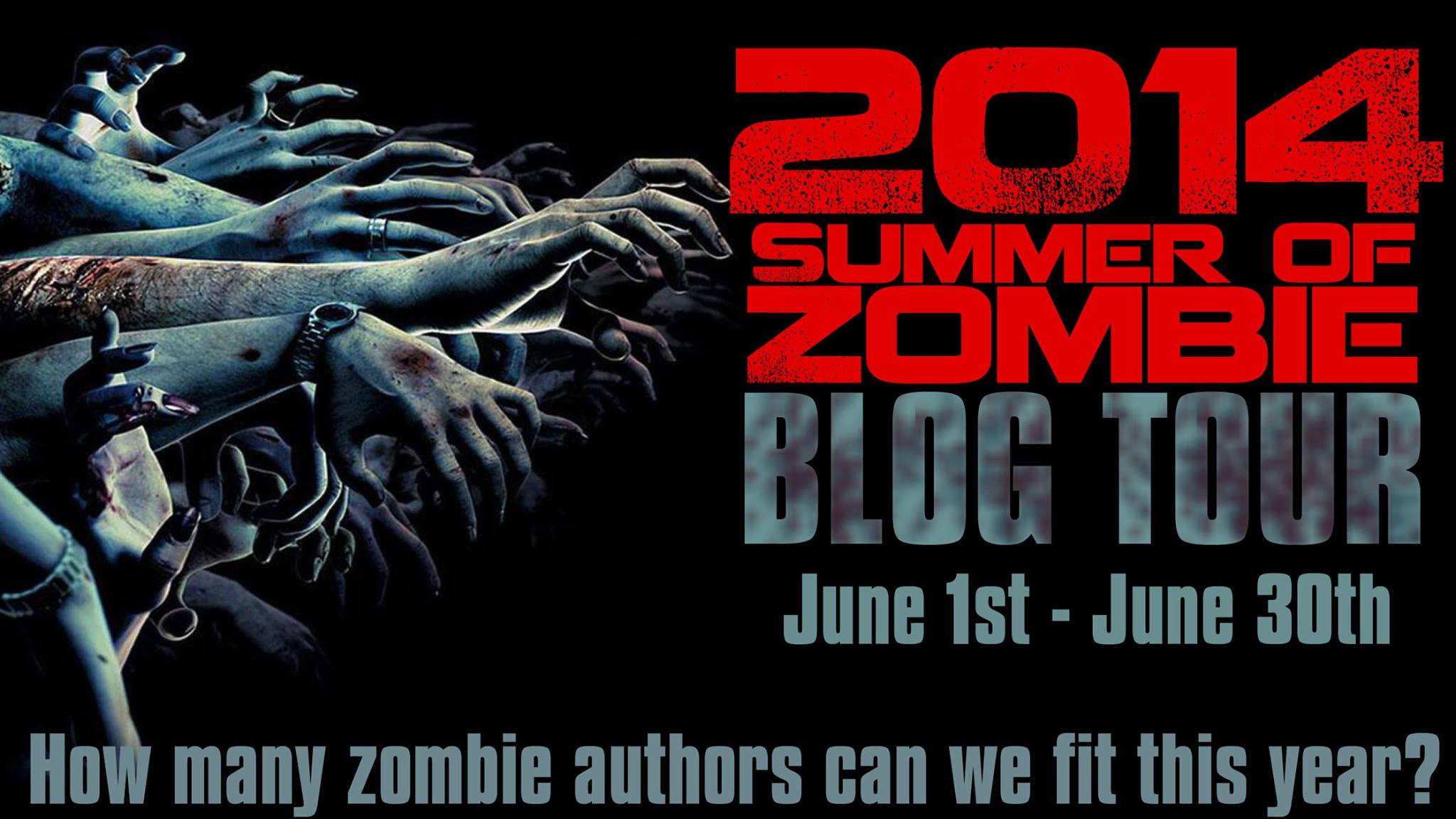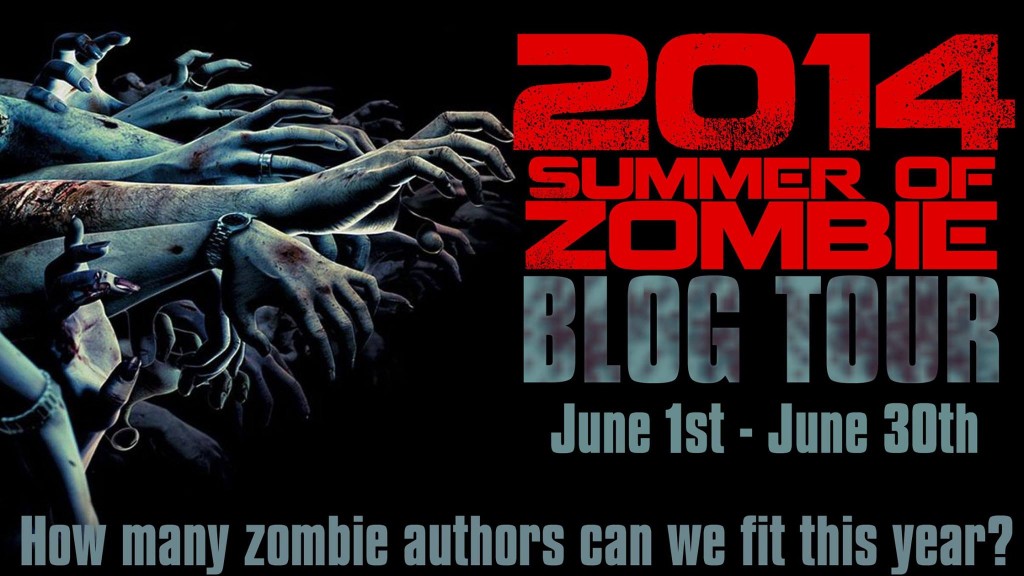When I agreed to participate in zOctober I announced that I’d like to have a few other zombie-themed posts on my blog for the month. Not so many as in the Month of Zombies, you understand, but a sprinkling. Christine Morgan, who I met through Fae, agreed to write a zombie-themed guest post for me. This one is all about zombies… before they were zombies. Enjoy!
Before They Were Zombies
Christine Morgan
Zombies, zombies, zombies. These days, everyone knows all about zombies. The zombie apocalypse has become to this generation what the nuclear aftermath was a generation or so earlier. We all have our contingency plans. Even the CDC got on board with some useful disaster tips in the guise of zombie outbreak preparedness.
Seriously. Ask anybody. Ask a little kid. Ask what’s a zombie, you’ll likely get the moaning slackmouthed shuffle with outstretched arms. Maybe with a “braaaaains” thrown in. Everyone knows if you get bitten, you’re doomed, unless you’re amazingly lucky in the timing of lopping off the bitten part. Everyone knows the only way to stop a zombie is with a head shot.
We have them in movies, in books, in video games, in graphic novels, on TV. We have zombie-themed marathons and flash mob events. Arguments about “fast zombies or slow zombies” fill many a convention panel, along with debates about the difference between infected crazies versus actual walking corpses.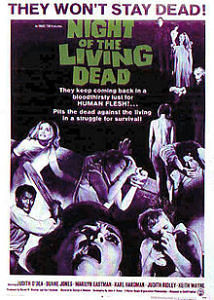
They are THE modern monster of this day and age. Allegorical in oh so many ways, hitting a perfect storm of hot-button phobias, something that resonates on both deeper and more widespread levels than any other monster.
Although there are plenty of “puttin’ the feel in necrophilia” pieces of zombie erotica, they’re basically just, let’s face it, not as sexy as their best-known counterparts. Vampires have style, werewolves have passion, zombies have jokes about “you can keep the tip.”
Our current understanding of the zombie can pretty much be credited to Romero. He created an entire genre within his own lifetime, sparked the zombie revolution, changed a whole worldwide perception. That has got to be pretty damn cool by anybody’s reckoning.
But, did he invent the zombie? Oh, heck no. Zombie lore can be found in almost every culture in various forms, going back to the dawn of time. The moment humanity reached a point of sentience where we could fear death, you better believe the fears of undeath were not far behind.
Our burial rituals may have their practical reasons – you don’t just want to leave a rotting corpse lying around; it’s stinky, it’s messy, it might lure scavengers, there’s disease, there’s the psychological effects of witnessing it, there’s all sorts of dangers and concerns for the surviving rest of the tribe.
As we developed culture and civilzation, however, we needed something more. We needed the spiritual and supernatural aspects of death and burial rituals. We needed to believe we were doing right by our deceased, respecting our ancestors, helping their souls move on to the afterlife.
And, because we’re a kind of punishment-based contrary breed, we needed to drive it home with some big scary threats of OR ELSE.
OR ELSE their ghosts might come back to haunt you. OR ELSE a wizard/spirit might take over the dead flesh and use it to do evil. OR ELSE the body might get up of its own accord and go looking for revenge against whoever gave it offense.
R.I.P. = Rest in Peace. A nice way of well-wishing, but also a plea … please don’t return and hurt us. God Grant He/She Lie Still = same thing.
The word ‘zombie’ comes, of course and as most of us know, from Haitian voudon practices. Which, ironically enough, were less about animating corpses and more about casting spells or doing rituals to ensnare the minds and enslave the bodies of the still-living.
Why that one became THE chosen universal name is harder to winnow out. Maybe it’s just because ‘zombie’ is both memorable and kinda fun to say.
Before that, we had ghouls, sure, but ghouls were more vaguely defined … a ghoul might be a risen corpse gnawing on the bones of its graveyard neighbors, it might be a living person with a taste for dead meat, it might be a different species of being altogether. Mostly, though, ghouls ate the DEAD. They were desecrators, tomb-robbers. They didn’t bother the still-breathing.
Then there’s the idea of the revenant, but the revenant is an animated corpse in more than just terms of mindless hunger and movement. Revenants are more often described as intelligent, as foreign or even demonic spirits inhabiting the corpses and using them as puppets. Decaying meat-puppets, but hey, sometimes a spirit can’t be choosy.
Various cultures have their own particular takes on the lore, as well. Since I write a lot of historical horror and dark fantasy, these old legends are something I find particularly fascinating.
There are Biblical zombies … it’s not unknown for sacriligous smartasses to refer to Easter as Zombie Jesus Day … but if you go that route, Jesus was hardly the first zombie … let’s not forget good old Lazarus, who fits the classic criteria pretty well. The sisters of Lazarus were worried about the stench, since he’d been in the tomb four days.
What I always found interesting to ponder about that was, well, what happened with Lazarus after? He emerges, they unwrap him from the grave clothes and let him go … and that’s that. Poor guy. Assuming the best and that he came back fully revived and intact, that’s still quite a reputation to be dragging around. And assuming less-than-best, those were the days when stoning lepers to death was no big deal.
The Norse have the draugr, a specific type of corpse because it usually refers to men who died at sea, who fell off their ships and drowned, and were thus unable to be given the proper burial rites. No body, no barrow-mound or fiery Viking-ship funeral. Insult to injury, since drowning also meant not dying in combat and hence no glorious mead-party in Valhalla.
Another term for the draugr, perhaps reserved for those who didn’t drown per se and thus didn’t qualify, was aptrgangr … literally, after-goer … a wonderful term but not much in common use, probably because of all those consonants. I love the Germanic languages but you’ve got to admit, aptrganger sounds like someone with a wad of half-chewed PB&J stuck mid-gullet.
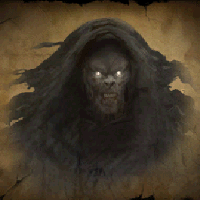 Related to and drawn from those stories, it’s a natural progression to the wight, or the barrow-wight, as seen in Tolkien’s work. The handy thing about wights is that they tend to stay localized; they don’t go roaming around and only attack whoever intrudes on their barrows.
Related to and drawn from those stories, it’s a natural progression to the wight, or the barrow-wight, as seen in Tolkien’s work. The handy thing about wights is that they tend to stay localized; they don’t go roaming around and only attack whoever intrudes on their barrows.
Which brings us to the mummy, a very niche market of corpse. When it came to death rituals and funerary preparations, shut the front door because the Egyptians had it hands-down. The process of mummification even for your average slave or citizen, let alone the elaborate affairs of buring a pharaoh, blow everyone else out of the water.
Chinese folklore has the jiangshi, a name which refers to the peculiar stiff-limbed, rigor mortis ‘hopping’ quality of its gait. (somehow, I suspect “The Hopping Dead” might not have made for AS successful a show, even with Daryl Dixon). They don’t so much feast on living flesh but kill to obtain the released life force of their victims.
Similarly, the Tibetan ro-langs is so stiff that it cannot bend at all, so, it can be kept out simply by having low doorways. That may seem less than scary, the mental image of a literal stiff bonking sternum-height against the door jamb again and again, but they make up for it by being able to wag or flap their tongues at their prey. A ro-langs ( “ro” = “corpse” and “langs” = “to rise up”) differs from the jiangshi because the ro-langs is more RISEN up, as in, raised from the dead by magic or spirit possession.
The list, of course, goes on and on. And on and on and on, once you get into the lore of various roleplaying or video games, or more literature like Tolkien above. There are dozens of “types” of undead in your typical D&D game, each with their various powers and abilities. A lich is/does THIS, a skeleton THAT (animated skeletons are, of course, never cooler than when done a la Harryhausen, but I digress), a necromancer can create/control THESE, a cleric can turn/dispel THOSE, and so on.
Zombies, zombies, zombies. Usually human, too, you’ll find. Zombie animals are much more rare. Maybe people think they’re not as frightening or appalling somehow (read Pet Semetary), or maybe animals are already considered dangerous or weird enough while alive. Or maybe it’s just not the same degree of pathos.
Whatever your stance, though, I hope we can all agree that zombies are a big deal. The subject of “is the zombie genre played out” comes up even more often than the “fast vs. slow” debates, and I don’t see how it CAN be played out.
Some of the tropes may have been overdone, sure. I know I’ve read a few more standard outbreak/apocalypse novels and seen a few more movies along those lines. When they’ve become formulaic and aren’t bringing anything new to the party, that’s when they can seem overdone. It’s finding those new things to bring, those new ways to look at and play with the tropes, that’s where the fun is.
Played for laughs, for instance. Horror and comedy go well together; zombies can be funny in their bumbling, pieces-dropping way. In the midst of humor, though, there can also be poignancy. Movies like Fido, and Shaun of the Dead, hit all the right notes.
I’ve attempted it myself in stories like “Dawn of the Living-Impaired,” where political correctness rears its head … or “Seven Brains, Ten Minutes,” which was inspired by watching competitive eating shows. My story “Family Life” has a sit-com feel with a zombified fairy tale in the middle (Zombiella loses her foot at the ball!)
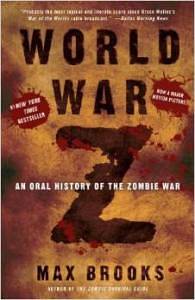 Stories done in other places or times than contemporary America, too … we need more of those. World War Z (the book) did a decent job looking at some of the ways it might happen or be handled in other countries.
Stories done in other places or times than contemporary America, too … we need more of those. World War Z (the book) did a decent job looking at some of the ways it might happen or be handled in other countries.
Zombies in the past, why not? Zombies and pirates. Zombies in the Wild West. I have a story called “A Tower to the Sky” which sets the outbreak in ancient Mesopotamia, I have “The Barrow-Maid” with all the Viking blood and thunder. Given the range of my interests, I’ll probably go back further and attempt caveman zombies, or hey, how about as the real reason the dinosaurs went extinct?
Or the future. My story “Cured Meat” looks at what kind of societies might evolve among the undead once they’ve won and there are no more living people … not merely mimicking our current daily lives but pondering what would be important to them, what would be vital? I realized partway in that I’d stuck myself with a more daunting challenge than I’d anticipated; if sex and gender don’t matter to zombies, then no using those he/she pronouns. That was a toughie, but I enjoyed it.
Or crossovers. Steampunk zombies. Lovecraftian zombies. Just about anything you can dream up can be dreamt up with zombies (though let’s drop the whole just-add-zombies to existing works of literature, come on, it was a novelty the first time but like with the potato salad kickstarter, the glut of samey-same follow-ups aren’t as good; if we’re going to do it, let’s at least throw in some twists and be creative).
Right now, we are in the middle of a “When They Were Zombies” phase. But there was a “Before” and there will be an “After,” and I for one am eager to see where the lore will go next.
They’ve been with us for thousands of years, by various names and in various forms. They’ll be with us for thousands more. As long as we’ve feared and will fear death, we’ve feared and will still fear undeath.
Which means … MORE ZOMBIES!!!
Thank you for coming by Christine, and sharing this with my readers. Small confession? I’m totally one of those sacrilegious smartasses who has been known to call Easter zombie Jesus day. Try not to hate me for it 🙂
Christine can be found on:
Facebook
Twitter
Goodreads






